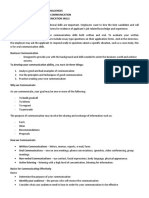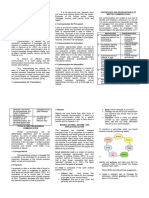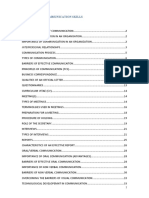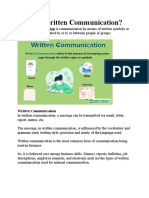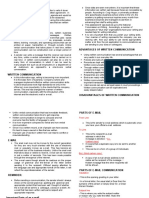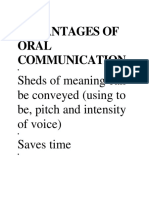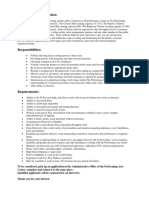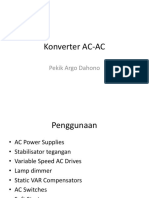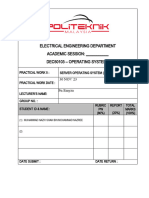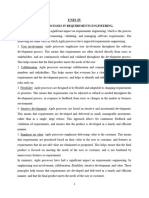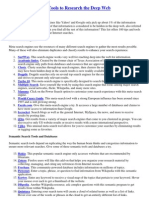0% found this document useful (0 votes)
13 views26 pagesWeek 3 Notes
The document outlines the classification of communication, focusing on written communication, its objectives, advantages, and disadvantages. It details various forms of written communication such as letters, memos, and reports, emphasizing their importance in formal settings and legal contexts. Additionally, it provides guidance on creating effective written materials like CVs and business letters, highlighting key components and best practices.
Uploaded by
georgebrian713Copyright
© © All Rights Reserved
We take content rights seriously. If you suspect this is your content, claim it here.
Available Formats
Download as DOCX, PDF, TXT or read online on Scribd
0% found this document useful (0 votes)
13 views26 pagesWeek 3 Notes
The document outlines the classification of communication, focusing on written communication, its objectives, advantages, and disadvantages. It details various forms of written communication such as letters, memos, and reports, emphasizing their importance in formal settings and legal contexts. Additionally, it provides guidance on creating effective written materials like CVs and business letters, highlighting key components and best practices.
Uploaded by
georgebrian713Copyright
© © All Rights Reserved
We take content rights seriously. If you suspect this is your content, claim it here.
Available Formats
Download as DOCX, PDF, TXT or read online on Scribd
/ 26











